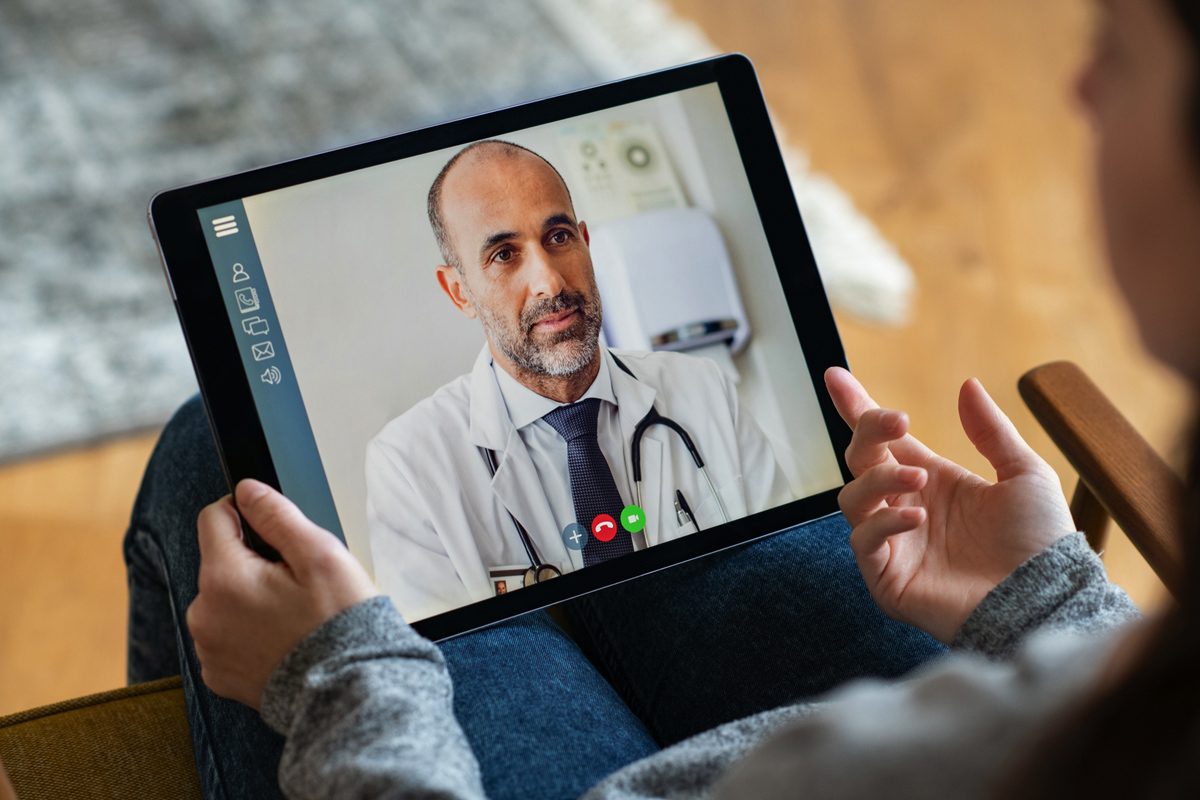The emergency medical services (EMS) profession has changed significantly over the last few decades and continues to evolve in the light of new technology. In fact, telemedicine technology has the potential to completely revolutionize the entire EMS profession, by not only improving communication between first responders and hospital emergency departments, but also potentially increasing access to health care for people in underserved or rural areas.
From “Load and Go” to Care in the Field
The basic premise of EMS hasn’t changed since its earliest days: Get patients the care they need as quickly and safely as possible. For decades, that meant providing enough care to stabilize the patient then transporting him or her to the hospital, where the medical staff would evaluate to provide appropriate treatment.
For the last 40-50 years, EMS has advanced considerably. Ambulance crews communicate with emergency departments to provide information about patient condition, including telemetry readings, so doctors can be better prepared when the patient arrives. Although the communication isn’t always perfect, the more information that EMS can provide on the way to the hospital, the more prepared doctors can be, and ostensibly, the better the outcome.
The delivery of that important information is becoming even more advanced, though, thanks to telemedicine. In the simplest terms, telemedicine is the practice of using communications technology to deliver health care. It’s not necessarily new technology; the Veteran’s Administration has been using telehealth to conduct consultations with patients for nearly a decade, and many rural hospitals have telemedicine programs set up for consultations with larger facilities, but it’s only recently begun gaining traction in the EMS world.
Using telemedicine technology, which most likely involves secure connections via mobile devices like smartphones and tablets, EMS providers can give hospital emergency departments up-to-the-minute live information about patients. Using voice clips, videos, even live feeds of the patient, doctors can interact with the patient and EMS providers to get a more complete picture of what is happening and more adequately prepare for the patient’s arrival—or even prevent a transport entirely. Ultimately, telemedicine helps improve decision making in the field, and improve outcomes as doctors will be ready to meet the patient’s needs right away.
Utilizing telemedicine in the field also helps reduce costs. In Tucson, Arizona, for instance, nearly 20 percent of EMS calls are for lower acuity, non-life-threatening emergencies. On those calls, the department uses a smaller crew and truck, effectively saving about $500,000 per year. Leaders project that by implementing telemedicine, more unnecessary transfers and hospital admissions could be avoided by allowing patients to be referred or taken directly to more appropriate treatment facilities, or receive care and instructions right at home.
The Community Paramedicine Factor
More than 75 million Americans live in rural areas, places where access to health care isn’t always easy, especially given that a disproportionate amount of these individuals are elderly, poor, living with multiple chronic conditions or immigrated from another country.
Getting to a health care provider often requires a great deal of time and expense, meaning that these individuals don’t always get the care they need. In response, some EMS programs are implementing community paramedicine or mobile integrated health services. These programs allow for patients to be treated in the field by EMS professionals under the guidance of doctors via telehealth technology, while also limiting the number of unnecessary hospital transports.
These services aren’t limited to rural areas. Researchers in Houston examined the effect that telemedicine-enabled EMS could have on treating primary care-related emergencies (such as those in which the patients complained of being “sick,” having abdominal pain, or a minor injury or wound). During the study, patients who met specific criteria were interviewed by an emergency room doctor using telemedicine technology to determine whether a trip to the hospital was necessary. Based on those interviews, patients could either receive a free taxi ride to the hospital for more care, an appointment with a primary care doctor and a taxi ride, or care from paramedics and instructions for care at home.
Ultimately, only 18 percent of these patients in the program were transported to the hospital, versus the 74 percent of patients who didn’t receive the emergency consultation. Also, crews spent about 40 percent less time on the calls, and the cost was significantly lower. While there are challenges associated with implementing such programs, most providers agree that reducing the number of unnecessary transports and hospital visits is a good thing.
Like any industry, emergency services is constantly evolving. Operating in this field requires an understanding of these new trends and technologies and how to best implement them for the benefit of the community.
learn more about CSU’s online bachelor’s degree in emergency medical services administration.




